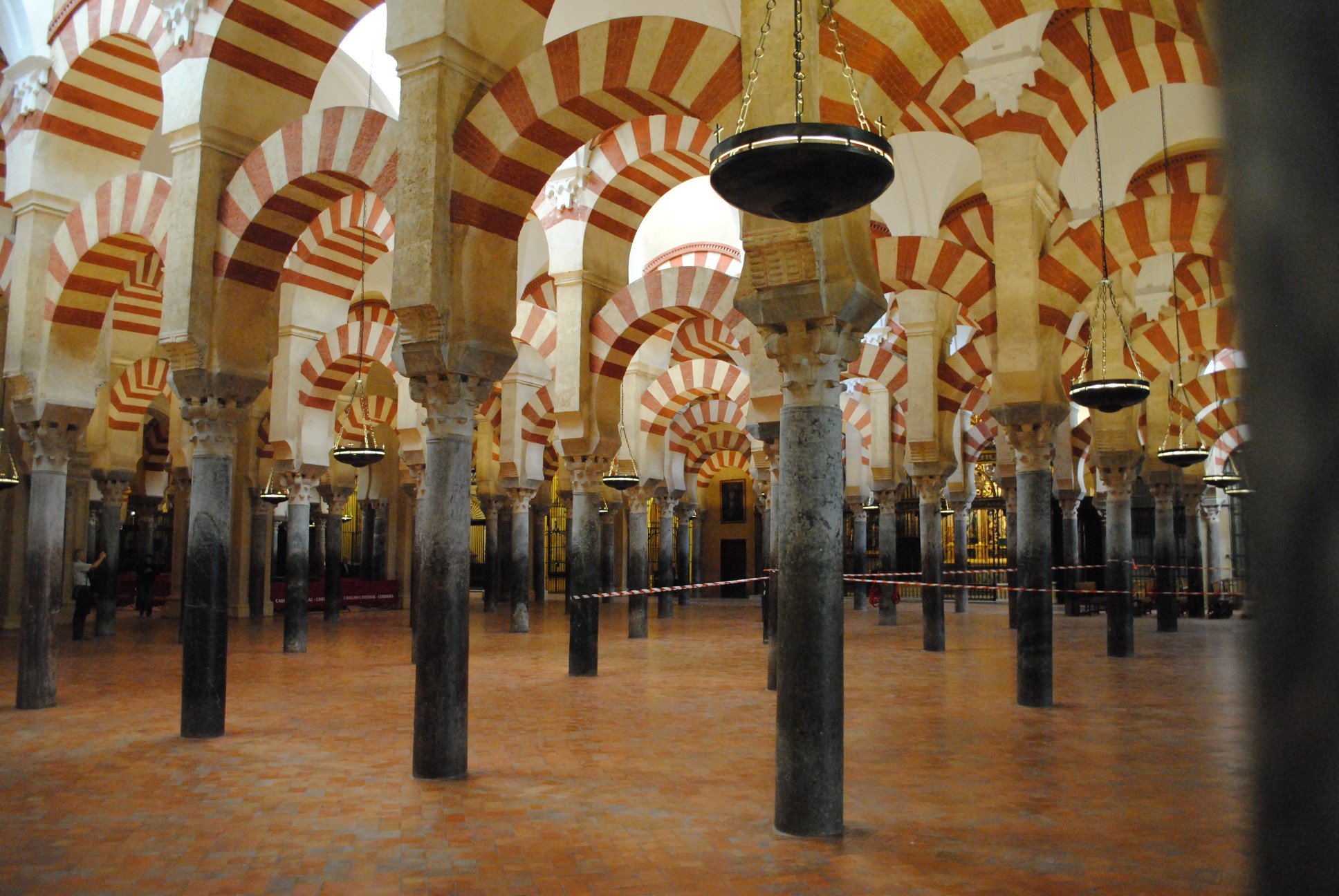La Mezquita
/By J.T.
The Mezquita in Córdoba, Spain is one of those amalgamations of time and tradition. Originally a Mosque, after the reconquista of Andalusia it was preserved, more or less, and turned into a cathedral.
In its original form and function, it contained 900 columns, meant to evoke a forest. Walking through the columns, I felt an openness and containment all at once.
The columns of La Mezquita
In its heart now lies a (rather gaudy) Baroque dome. The two architectural styles couldn't be more dissimilar. Jason found them rather jarring, but from a semiotic standpoint, I enjoyed it.
Taking the original symbolism of the forest of columns, I interpreted entering the cathedral as descending into the mind. And, after wandering through there, like an errant knight of Camelot or a mad explorer, I came to the heart of the cathedral. God.
The Baroque center of the cathedral.
Symbolism is a difficult thing, because you can never be certain if this was what the creator intended. On the other hand, it doesn't matter because individual interpretation is important, too.
The blend of styles also brings up another important point. On a visit to a local museum, we learned about Averroes, a 12th century Muslim philosopher from Andalusia. I don't know the exact quote, but he said that the only reason you would ever think that Islam, Christianity, and Judaism were fundamentally different religions was if you took a literal view of their texts, which is a silly thing to do. Keeping the columns of La Mezquita intact thus serves more than a practical purpose. It reuses the Islamic symbolism for a holy Catholic place of worship, perhaps driving home Averroes's point.
Jason's favorite picture from La Mezquita


